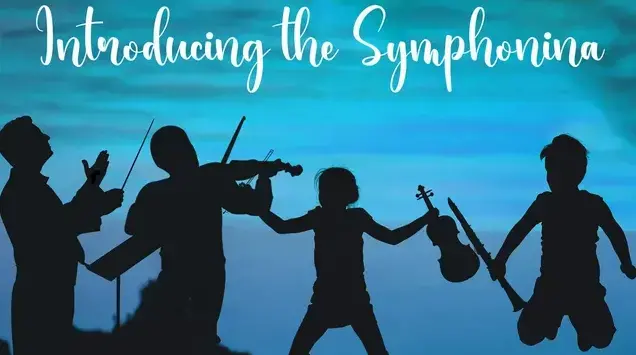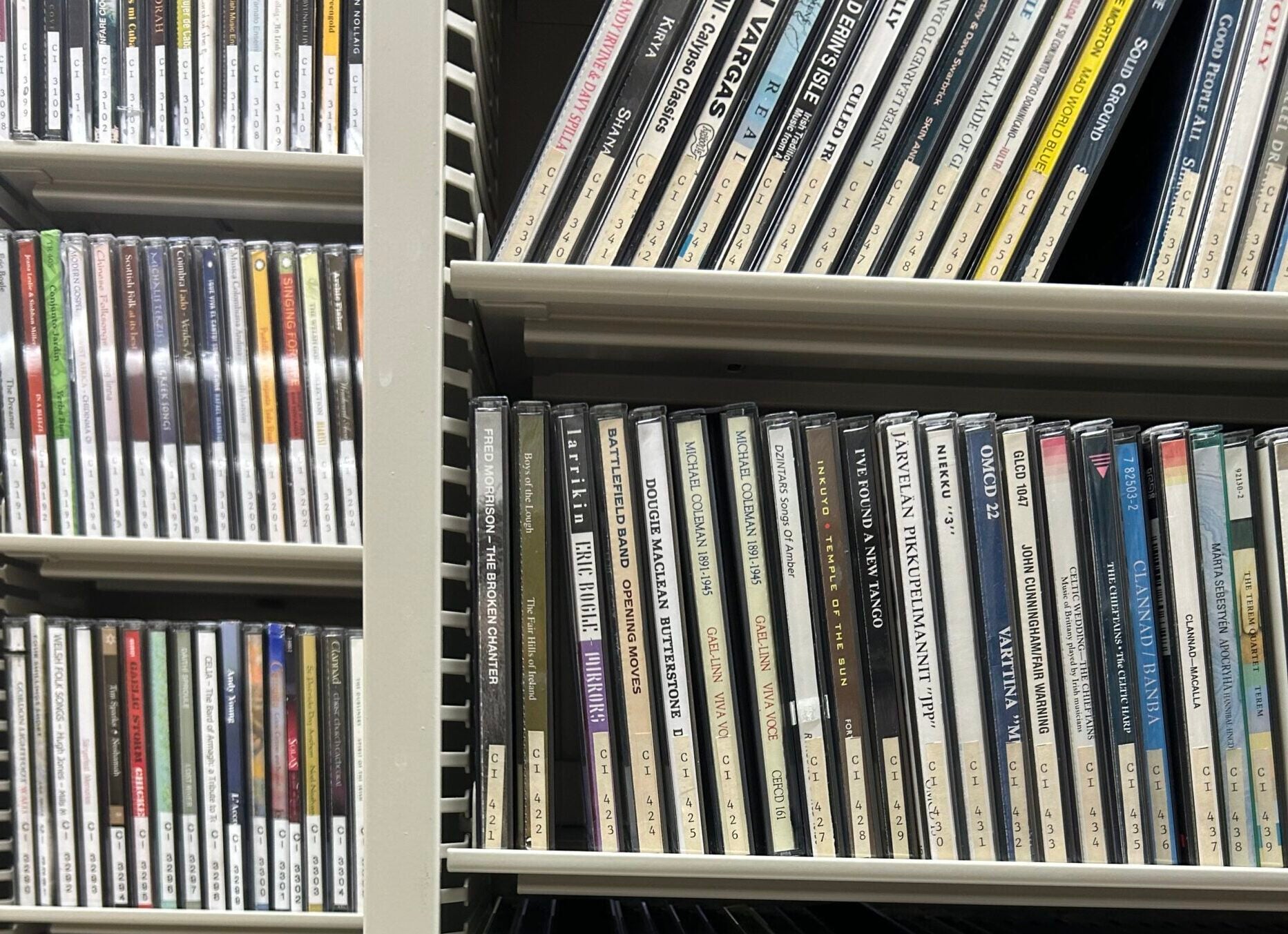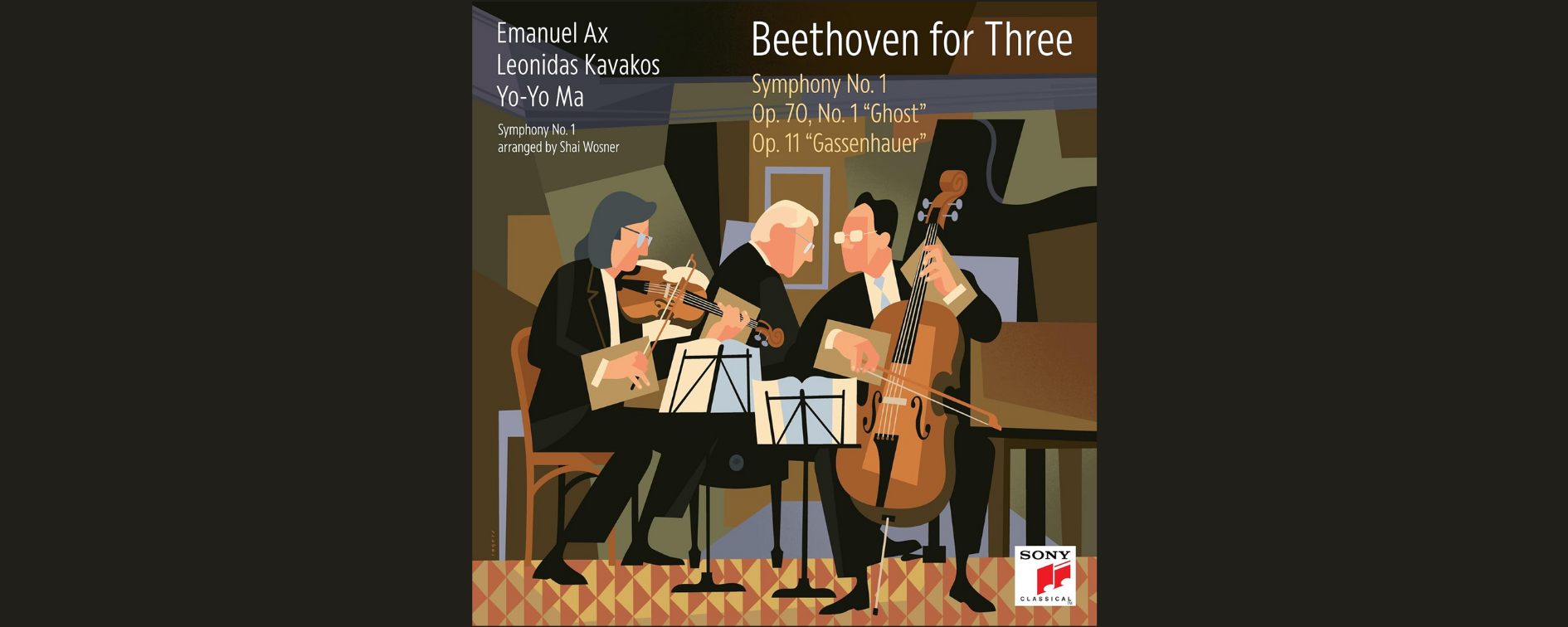Orchestral music has a new genre called the “symphonina,” described as a short melodic symphony that plays in about 10 minutes. Each symphonina movement is intentionally designed to be the length of a typical streaming pop tune.
Composer David Fogel developed the genre and coined the term.
Fogel also created and conducts the International Symphonina Orchestra. The ensemble is drawn from a globally diverse group of artists and is entirely virtual.
News with a little more humanity
WPR’s “Wisconsin Today” newsletter keeps you connected to the state you love without feeling overwhelmed. No paywall. No agenda. No corporate filter.
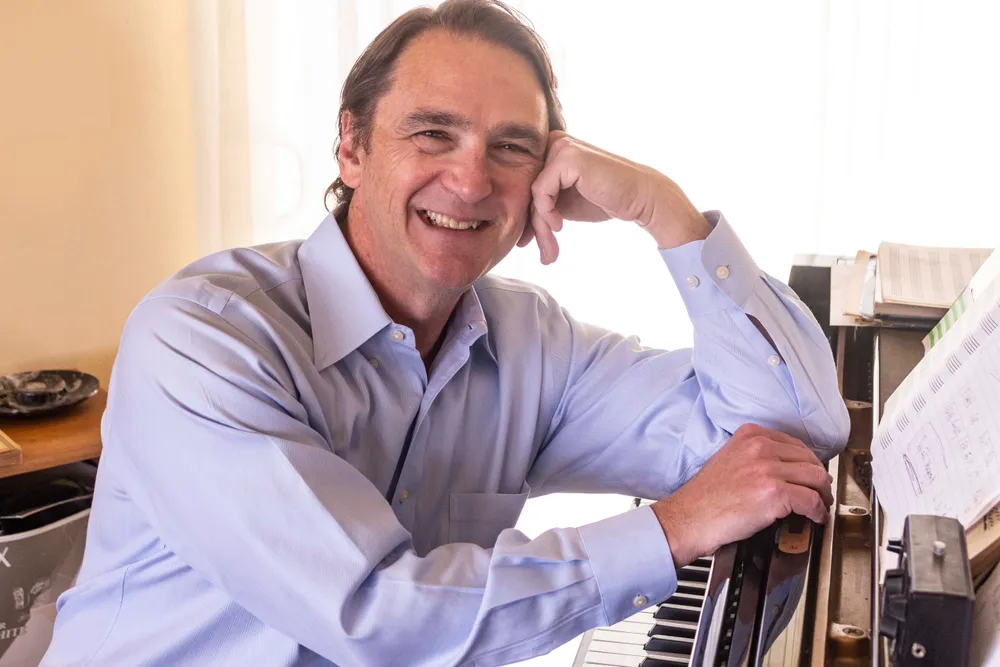
There’s a nonprofit organization too, the Symphonina Foundation, that champions the genre. It was founded by Fogel and fellow composer Gary Gray. Fogel serves as the organization’s CEO.
The foundation runs an annual symphonina composition contest with cash prizes, and it produces a recording featuring winning submissions each year.
Young audiences are a particular target — the impetus for the symphonina came from Fogel’s attendance at an orchestra concert where the audience was predominantly older.
Founded in 2020, the goal of the organization is to “ensure that symphonic music is appreciated by younger audiences, and that great composers around the world have the opportunity to create great new symphonic music, now and forever.”
“The response we have received from both younger and older audiences has been terrific,” said Fogel in an email. “In the past two years we’ve had more than 60 symphoninas submitted for consideration.”
And the music’s getting positive attention: “Our first album, ‘Introducing the Symphonina,’ received recognition from World Entertainment Awards, Global Music Awards and Clouzine Magazine,” Fogel said.
It also charted in the Billboard Top 10 in Traditional Classical Albums.
“Our second album, ‘Advent of the Symphonina,’ is already nominated for Best Classical Album by World Entertainment Awards.”
“Also, Daniel Fisher‘s ‘Symphonina No. 1, Movement 1’ is up for Best Classical Composition and was nominated for recognition in the Hollywood Independent Music Awards,” he added.
The organization provides clear guidelines about composing symphoninas, but how does the focus on song-sized standalone movements affect the overall whole?
“I think it’s best when a symphonina tells a musical story across the movements and each movement itself tells its own story (the story within the story,)” Fogel said.
“I encourage composers to definitely think of creating a symphonina as a ‘whole work’ while again emphasizing that each movement is melodic and fits in the time that we have come to expect for what we usually stream,” he added.
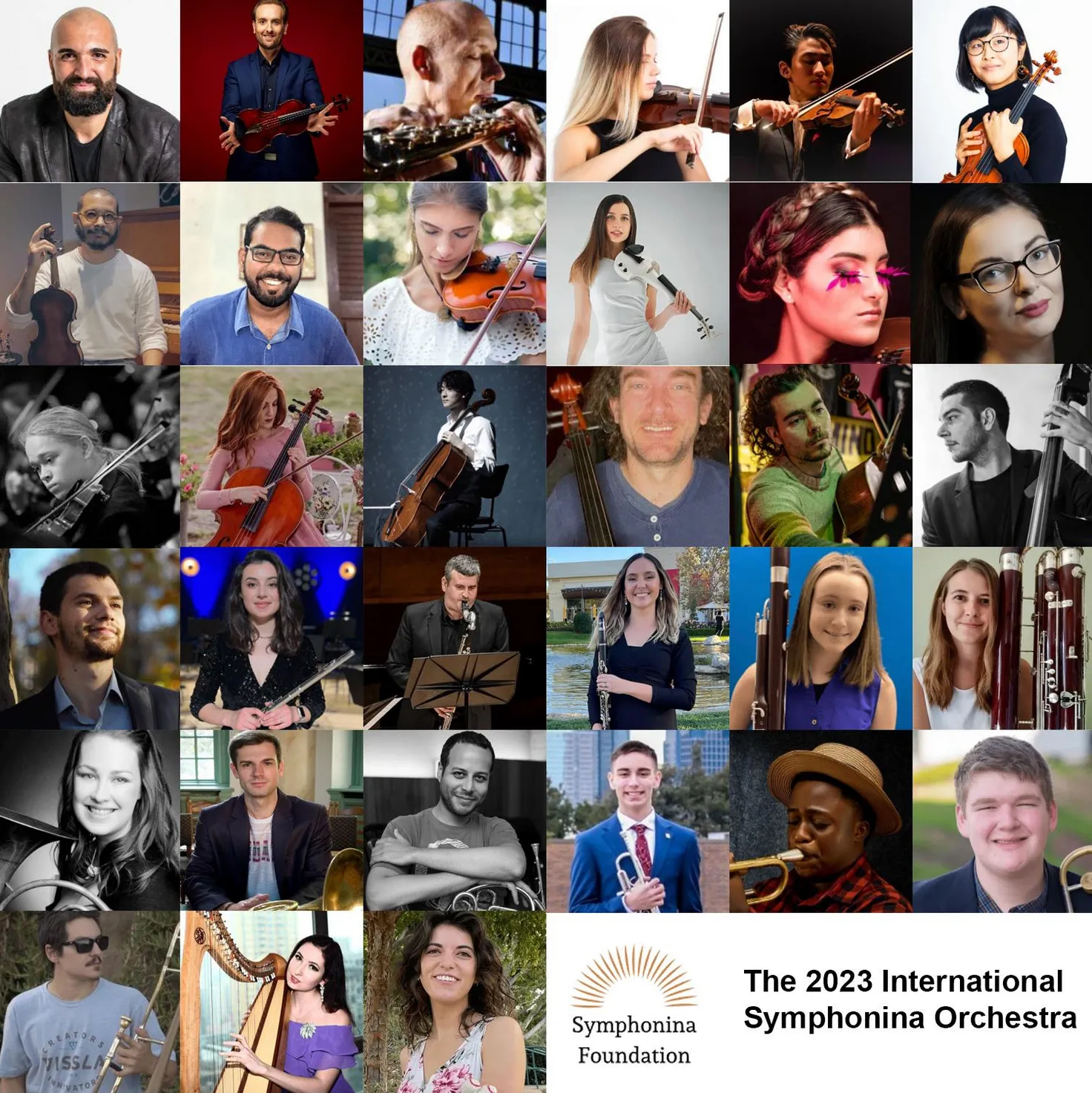
Founded in 2023, the International Symphonina Orchestra is entirely virtual and is filled with rising young talent, producing a remarkable high-quality sound. “I find the musicians primarily through social media — I search on TikTok, Instagram and Facebook, and also look on music service sites,” said Fogel. “You can find tremendously talented performers who have their own studio recording set up, whether they are young proficient players or elite performers already established in professional orchestras.”
Technology plays a major role — Fogel works with individual players then mixes the recordings to make it sound like everyone is playing together. “I work with the composers to fine tune the final mix either by going back and forth and making changes, or by doing a Zoom session in which the composer can listen to the mix in real time.”
Fogel’s partner at the Symphonina Foundation, Gary Gray, handles the mastering.
Both albums provide a variety of sounds, but each of the symphoninas is a gem, and each movement does work as a standalone piece.

The composers on the two recordings include five Americans and one Englishman; there is one female among them, Jordan Jinosko, whose “Symphonina No. 1, Three Sketches of Unblemished Earth,” is cinematic in scope and utlilizes the full forces of the orchestra in both subtle and powerful ways.
Jinoska’s bio describes her as a concert and film composer who grew up as a multiracial transgender kid. “With just a few notes,” she writes, “I could be anywhere and feel anything. Music has always been incredibly soothing to my soul and it still is today.”
Each of the symphoninas has a distinct character, and each one displays high levels of skill and craftsmanship. The new genre is already finding its way onto streaming playlists, bringing a multitude of sparkling little gems to these spaces, and expanding listener experiences of tonal contemporary orchestral music.
Wisconsin Public Radio, © Copyright 2025, Board of Regents of the University of Wisconsin System and Wisconsin Educational Communications Board.

